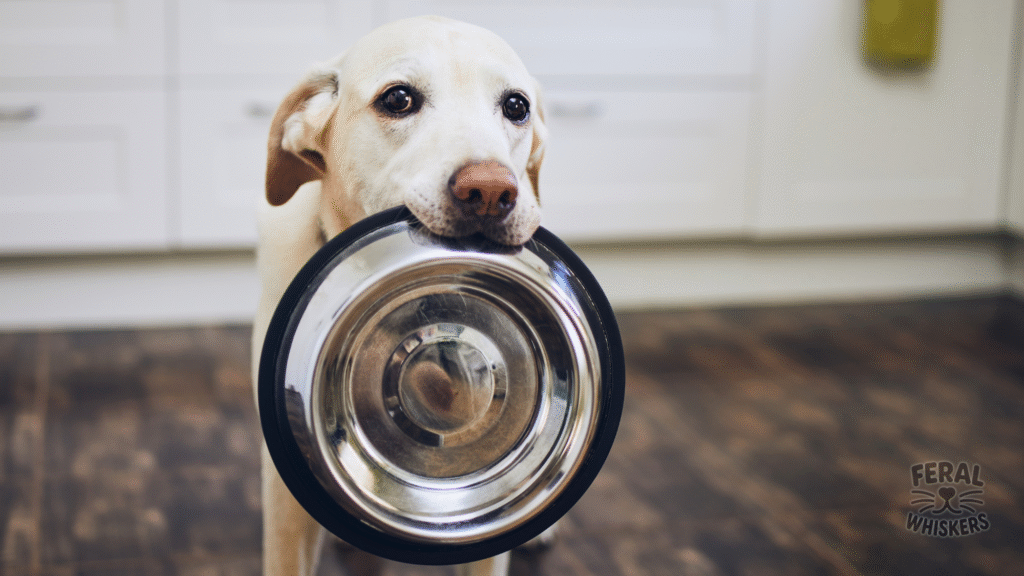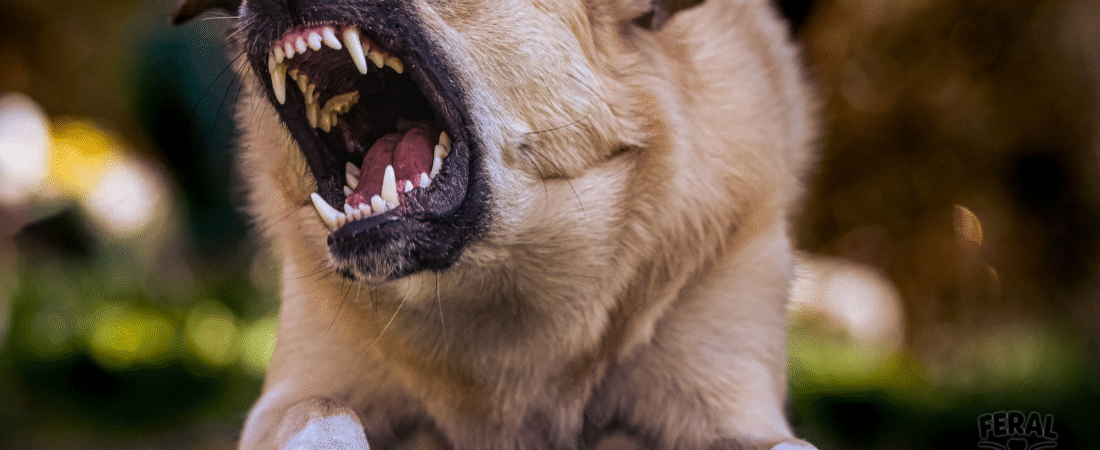Why Resource Guarding Matters

Resource guarding is a natural canine behavior where a dog grows protective over items they value — food, toys, bones, beds, or even certain people. This behavior can look like:
- Freezing and stiffening when someone approaches.
- Growling, snarling, snapping, or even biting if the resource is touched.
- Quickly grabbing and running away with an object.
While it can feel alarming or even scary, resource guarding doesn’t mean you have an “aggressive” dog. It means your dog feels anxious about losing access to something important to them. The good news: with patience and the right training, you can help reduce and even prevent guarding while building long-term trust.
1. Why Dogs Resource Guard
Dogs evolved to compete for survival resources — food, resting spots, and protection from others. Even in loving homes, this instinct sometimes surfaces.
Common triggers include:
- Food & Treats: The most frequent resource dogs guard.
- Toys & Chews: Especially high-value ones like bones, stuffed Kongs, rawhides.
- Sleeping spaces: Beds, couches, or favorite spots.
- People: Some dogs guard their owners from other pets or strangers.
- Stolen items: Socks, tissues, shoes — dogs often guard things they know you want back!
Underlying causes:
- Naïve or insecure personality: Some dogs naturally worry about losing things.
- Early experiences: Puppies raised in competitive feeding environments (e.g., shelters, puppy mills) often develop guarding.
- Owner reactions: Chasing or yanking items away can increase guarding anxiety.
- Scarcity: If resources weren’t reliably available in the past (strays or neglected dogs), this instinct becomes stronger.
2. Signs of Resource Guarding
Mild Warning Signals:
- Freezing when approached.
- Hovering over the item.
- Low growl, side-eye “whale eye.”
Moderate Signals:
- Snarling, baring teeth.
- Lunging or snapping without contact.
Severe Signals:
- Biting when an item is touched.
- Attacking when someone walks nearby (extreme rarity).
3. What Not to Do
Many well-meaning owners unintentionally make guarding worse:
- Snatching items away: Reinforces your dog’s fear of losing resources.
- Punishing growls: Removes warnings, which makes bites more likely later.
- Alpha/dominance methods: Taking food bowls away or challenging the dog increases stress, not respect.
- Shouting/yelling: Increases anxiety and escalates tension.
Remember: a growl is a gift. It communicates discomfort. Never punish communication — address the fear instead.
4. Positive Solutions: Teaching Dogs to Trust
The goal isn’t to eliminate guarding instincts entirely; it’s to teach the dog that humans approaching resources brings good things, not threats.
Step 1: Start Easy
- Approach at a distance while your dog is eating.
- Toss a high-value treat (like cheese or chicken) near their bowl, then walk away.
- Repeat until your dog welcomes your presence.
Step 2: Trade-Up Game
- Offer a treat higher in value than what they have.
- Say a cheerful marker like “Trade!”
- When they drop the original item for the new one, praise and reward.
- Sometimes give the item back after trading to teach that sharing adds gain, not permanent loss.
Step 3: Build Trust with Food Bowls
- Approach food bowl, drop special treats, and leave.
- Gradually progress to gently touching the bowl, adding more food instead of taking away.
- Dog learns: hand near bowl = more delicious food.
Step 4: Generalize
- Practice with toys, chews, beds using the same Trade-Up and Add Value principles.
- In multi-pet homes, manage feeding and toys separately at first (individual bowls, pick up prized items after play).
5. Prevention Strategies
Start young or reinforce throughout your dog’s life:
- Handle food bowls while always adding food (puppy stage).
- Teach “Drop it” and “Leave it” as fun, rewarded commands.
- Keep play and training sessions positive.
- Avoid chasing or forcefully grabbing items from your dog.
- Reward calm sharing behaviors consistently.
6. When to Seek Help
Mild guarding can be handled at home with consistent training.
Seek professional help if:
- Guarding escalates to lunging or biting.
- Multiple family members (especially kids) are at risk.
- Progress stalls or worsens despite training.
Certified trainers and veterinary behaviorists can design safe, structured behavior-modification plans.
7. Holistic & Budget-Friendly Support
- Routine feeding: Stick to a predictable schedule — dogs thrive on consistency.
- Enrichment feeding: Use puzzle feeders or scatter feeding to reduce bowl fixation.
- Multiple resources: Provide several toys, resting spots, and bowls to reduce competition.
- Stress reduction: Supplements (like L-theanine or chamomile chews), pheromone diffusers, and calming routines help reduce anxiety fueling guarding.
- Patience: This behavior can take weeks to months of practice to shift.
8. FAQs
Q1: My dog growls at me when I approach — should I correct it?
No. Respect the warning. Growls are communication. Instead, work on building positive associations with your approach.
Q2: Will neutering/spaying stop resource guarding?
Not usually. Guarding is driven by instinct and experience, not hormones alone. Training is still required.
Q3: My dog stole a sock and is guarding it — what should I do?
Don’t chase. Use a cheerful “Trade” with a higher-value treat or toy. Chasing reinforces the game, making guarding worse.
Q4: My kids like to play near the dog when it eats — is that safe?
No. Children should be taught to give dogs space during meals. Train with adults first to build trust before involving kids.
Q5: Is resource guarding dangerous?
It can be if ignored or mishandled. With early management and training, most dogs improve greatly and become safe around resources again.
Final Takeaway
Resource guarding isn’t a sign of a “bad dog” — it’s a normal instinct that surfaces when a dog feels insecure about losing what they value. The solution is never punishment. Instead, the goal is to replace fear with trust by teaching your dog that your presence means addition, not subtraction.
By respecting signals, practicing trade-up games, adding value near resources, and maintaining consistency, you can resolve this issue safely. With patience, resource guarding becomes less about fear and more about cooperation, strengthening your bond.

